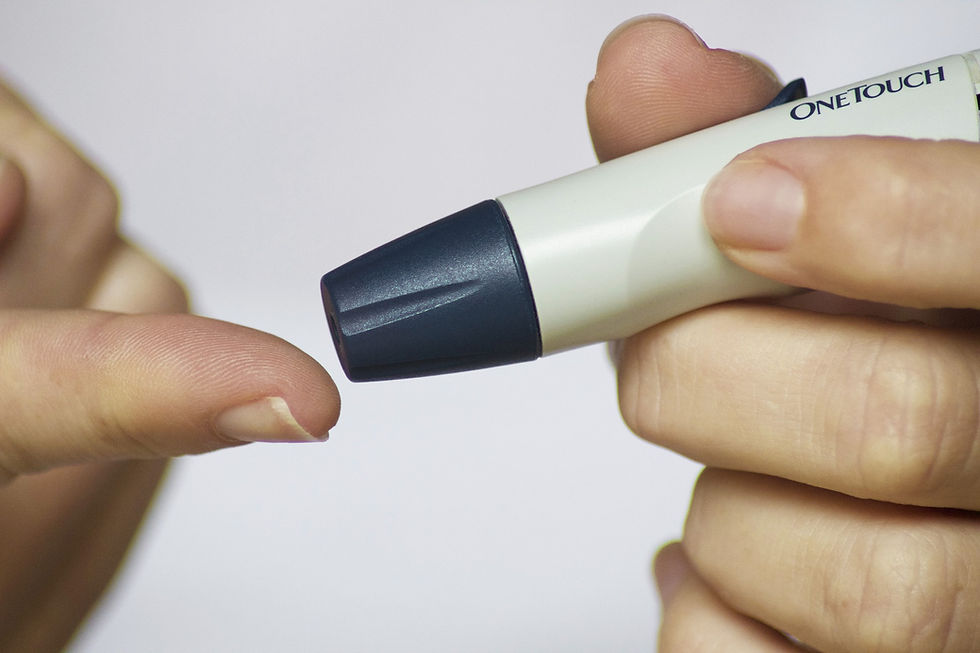Cuts
- Archived
- May 28, 2015
- 3 min read
Most children get cuts and scrapes once in a while. These wounds are usually minor and easily looked after. Following these first aid steps will let your child get back to playing. Larger or deeper wounds may need medical care.

How to Treat Cuts and Scrapes
Wash your hands so they are clean before you help your child. Preventing the wound from getting infected is your first priority. Encourage your child to sit or lie down while you prepare to help them.
If the wound is bleeding, take sterile gauze or a clean cloth and press it firmly on the wound until the bleeding stops. Hold the area gently under cool running water or rub it gently with a clean cloth. Do not use hot water. You can also use bottled water or a saline wound spray to clean the wound. Do not use alcohol, iodine, Mercurochrome, hydrogen peroxide or similar agents to clean the wound. They will cause pain and irritation and will not clean the wound any better than clean water. If the wound is not too deep but has some dirt or grit, clean a pair of tweezers with rubbing alcohol (isopropyl alcohol) or boiling water and use them to pick out debris.
USE AN ADHESIVE (STICKY) BANDAGE TO COVER THE CUT OR SCRAPE UNTIL IT HAS DRIED OR FORMED A SCAB.
This will help protect a fresh wound, help it heal, reduce pain and stop the wound from oozing. You can use an antibiotic ointment such as Polysporin to protect against infection and help keep the bandage from sticking to the wound. Once a cut or scrape has formed a scab, you can leave it open to the air. But if the wound is at risk of becoming dirty or irritated, keep it covered for protection. How to prevent further infection
If your child has a deep skin wound, you should check to see if they are up to date with their tetanus immunizations. If they are not up to date, book an appointment with your family doctor to make sure they get an updated shot right away. In general, it is not advised to give antibiotics to simply prevent the risk of infection from cuts and scrapes.
HOW TO HELP CUTS AND SCRAPES HEAL WELL
Keep cuts and scrapes out of the sun while they are healing. Too much sun on healing skin may result in a more obvious mark or scarring. Protect your child’s skin from excess sun exposure with clothing, a dressing or sunscreen.
Practice good skin care, using moisturizers and avoiding harsh soaps or cleansers.
Substances such as aloe or Vitamin E oil or ointment may help major wounds heal, but there is no clear evidence that they are helpful for common and minor wounds.
WHEN TO SEE A DOCTOR FOR CUTS AND SCRAPES
Most minor and superficial wounds can be cared for at home.
Larger scrapes or more complicated wounds should be seen by a doctor or nurse. Cuts that are more complicated may require a doctor’s care, possibly including a repair with skin glue, stitches or staples. A doctor or nurse can teach you about the proper dressing to apply and how to care for the wound.
See your child’s doctor if:
you cannot stop the bleeding
the cut seems very deep or keeps opening
the edges of the cut are jagged or are far apart from each other
your child has been bitten by an animal or another child
your child has a puncture wound
you cannot clean the injury properly
you are concerned there may be a deeper injury, such as a broken bone or possible tendon injury
your child is not using the affected hand, arm or leg
the injury involves sensitive areas like the eyes, face or genital/anal area
your child’s pain is not easily managed
your child is not immunized or has not had a tetanus immunization within the last 5 years
you see signs of infection while the wound is healing, such as redness, pain, pus or fever.
Key points
First stop any bleeding by firmly pressing a clean cloth or gauze over the wound.
Clean the wound using cool water.
Keep a bandage on the cut or scrape until it has formed a scab.
Keep the healing wound covered if it is likely to get dirty or irritated.
Take your child to a doctor if you cannot stop the bleeding, if you think there may be a more serious injury, or if you see signs of infection while the wound is healing.





Comments